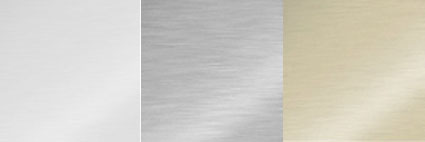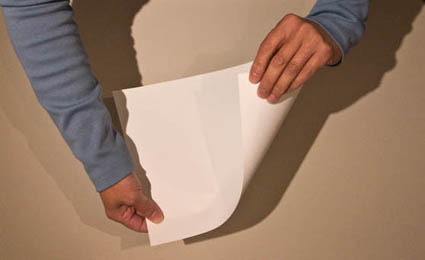BookSmart Fine Art Metals

“Booksmart Studio’s inkjet printable fine art metal allows you to print directly on metal surfaces, the metal has a coating applied to accept most popular inkjet printer inks. These fine art printable metals are offered in aluminum and gold and provide a very durable & luminous print. Users must print with a printer that allows direct pass through for paper. The fine art metal series has an adhesive backing to make mounting an easier process, this adhesive backing is optional in certain sizes. The inkjet printable gold and aluminum allow users to create prints that are unlike any print produced on paper.
Users must overcoat the metal after printing due to then nature of ink sitting on metal, one can coat with Clearstar Coatings for a matte, semi-gloss, or gloss finish. One can also laminate the fine art metals, which is often more accurate and reliable but expensive for initial setup. Waterproof ink will run because the ink sitting on the inkjet coating, please remember to overcoat or laminate your prints.”
Prepared metals come in Satin White, Brushed Silver, Matte Silver, Satin Silver, Satin Gold.
Find out more here.
Learn more about digital printing with my online Lessons.
Learn still more in my DVD Fine Art Digital Printing.
Learn even more in my Fine Art Digital Printing Workshops.



